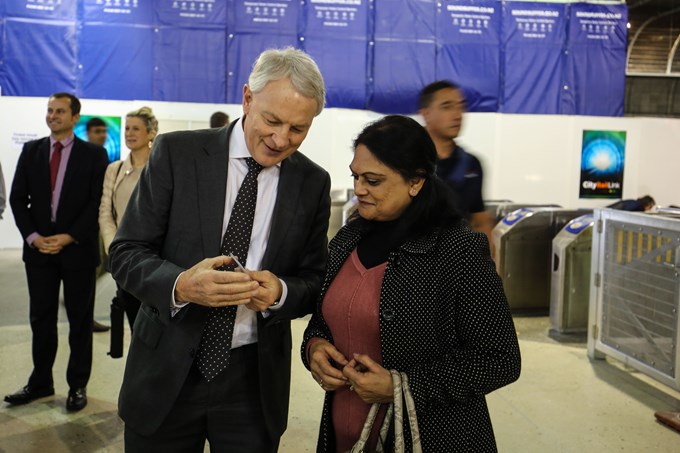Auckland's commuter train network has surpassed all its passenger forecasts to record 20 million train trips in one year, a mark that the network wasn't expected to hit for another three years.
Mayor Phil Goff says, "Auckland's rail system has gone through huge changes in recent years. We've replaced our diesel fleet with electric trains, reducing carbon emissions by 80% and saving more than 9 million litres of diesel a year.
"The past year has also seen the opening of a new train station in Parnell, a bus-train interchange in Otahuhu, improved links with our bus services and agreement to invest in more electric trains running to Pukekohe and South Auckland.
"Train patronage has risen by nearly 20 percent each year and the number of services has increased by almost 11,000 in the last year. Punctuality is now at 96.7 per cent.
"Aucklanders have embraced rail. They've taken to the HOP card and benefited from more frequent and reliable services and better links with our bus network.
"Every rail passenger is one less car on our roads. Our recent agreement to invest in more electric trains, the opening of new stations, and further investment in the rail network including the CRL and progressing mass transit to the airport will give Auckland commuters choice and help get cars off our roads.
Chief AT Metro Officer Mark Lambert says reaching 20 million trips speaks to Aucklanders desire for a world-class rail system. "We want to thank Aucklanders for embracing trains. We will continue working to ensure the rail network keeps getting better.
"In the past month electronic gates have begun operating at Henderson Station and Otahuhu Station, improving safety and reducing fare evasion. These types of gates are also being installed at Manurewa, Papatoetoe, Middlemore, Parnell, Papakura, and Glen Innes."
AT is also currently working through the business case to expand the park and ride at Papakura Station. Auckland Council's Finance and Performance Committee has agreed in principle to the purchase of new trains which are needed for increased capacity to the network. They are expected to arrive in 2019.


